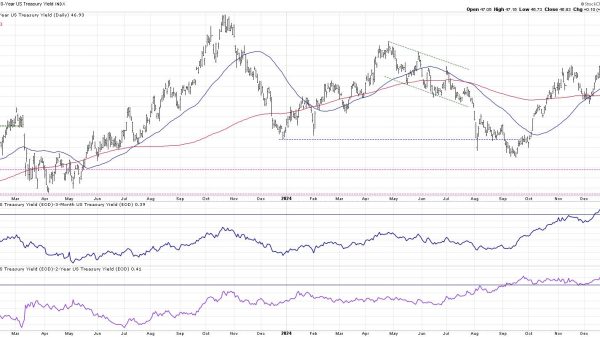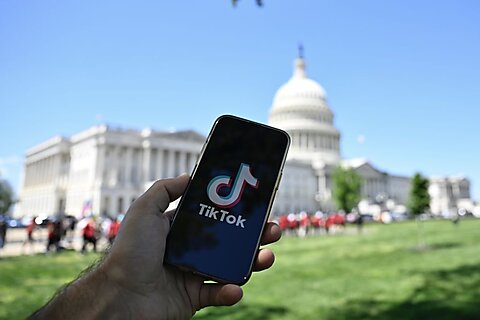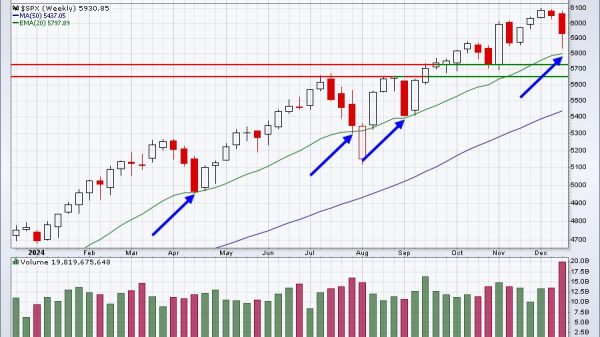
The food labeling landscape is ever-evolving, reflecting societal shifts towards healthier lifestyles and more informed consumer choices.
This evolution weaves a complex tapestry where Guideline Daily Amounts (GDAs) have transitioned into Reference Intakes (RIs) as outlined on https://gdalabel.org.uk/. Initially created to enhance nutritional understanding, GDAs provided a framework for consumers to evaluate daily nutrient requirements at a glance. However, with nutritional priorities and consumer demands shifting, the structured approach to nutritional information has necessitated continuous improvement. Given a modern emphasis on transparency, the RLIs now serve as a refined standard, encapsulating a broader spectrum of nutritional considerations than their predecessors, GDAs. This transformation not only improved clarity but also started aligning with global nutritional guidelines, thereby promoting a health-conscious society capable of making well-informed dietary decisions.
The influence of Traffic Light Nutrition labels on consumer choices
Traffic light nutrition labels have emerged as a pivotal tool in guiding consumer purchasing behavior, providing an intuitive visual cue to assess the nutritional value of food products. These labels use color codes to indicate levels of fats, sugars, and salts—an approach proving effective in promoting healthier eating habits. The judicious use of this system has been endorsed by various health organizations and is seen as a vital part of addressing global health issues such as obesity and diabetes. By simplifying complex nutritional data, traffic light labels empower consumers to make swift, informed choices at the point of sale, thereby enhancing public health outcomes.
Non GamStop casinos – Navigating freedom in online gaming
Non GamStop casinos represent a significant evolution in the online gambling industry, offering players an escape from the traditional restrictions imposed by self-exclusion schemes like GamStop. By operating outside of these regulatory frameworks, these platforms provide gamers with increased freedom and more diverse gaming options. While these casinos present an attractive alternative, players must be mindful of the underlying risks associated with less-regulated environments. Nevertheless, their growing popularity underscores a consumer desire for more autonomy over gaming choices, along with the potential for enhanced bonuses and gaming experiences that these platforms offer.
Addressing cybersecurity challenges in online gambling
The online gambling industry faces an ever-present threat landscape, highlighting the critical need for robust cybersecurity measures. Cyber-attacks targeting gambling platforms have evolved to become sophisticated, necessitating resilient defenses to protect sensitive user information and maintain operational integrity. As the industry expands, incorporating technologies like blockchain and AI to enhance security frameworks becomes vital. These technologies offer promising solutions for enhancing transparency, preventing fraud, and ensuring data protection, ultimately fostering trust and safety among online gamers. Prioritizing cybersecurity helps secure the industry’s future, ensuring that online platforms remain reliable and resilient against potential threats.
The historical transition from GDAs to Reference Intakes
The shift from Guideline Daily Amounts (GDAs) to Reference Intakes (RIs) marks a significant milestone in the narrative of nutritional labeling. Initiated to simplify nutritional data for consumers, GDAs quickly became a staple on food packaging. However, as scientific understanding and public health priorities developed, the transition to RIs was implemented to address the broader dietary needs of the population. This progression reflected legislative changes and the need for consistency with international nutritional standards. The journey from GDAs to RIs highlights the adaptive nature of food labeling systems, seeking to align with evolving dietary recommendations and consumer expectations globally.
Read more:
Understanding the evolution of Guideline Daily Amounts in a digital era
























